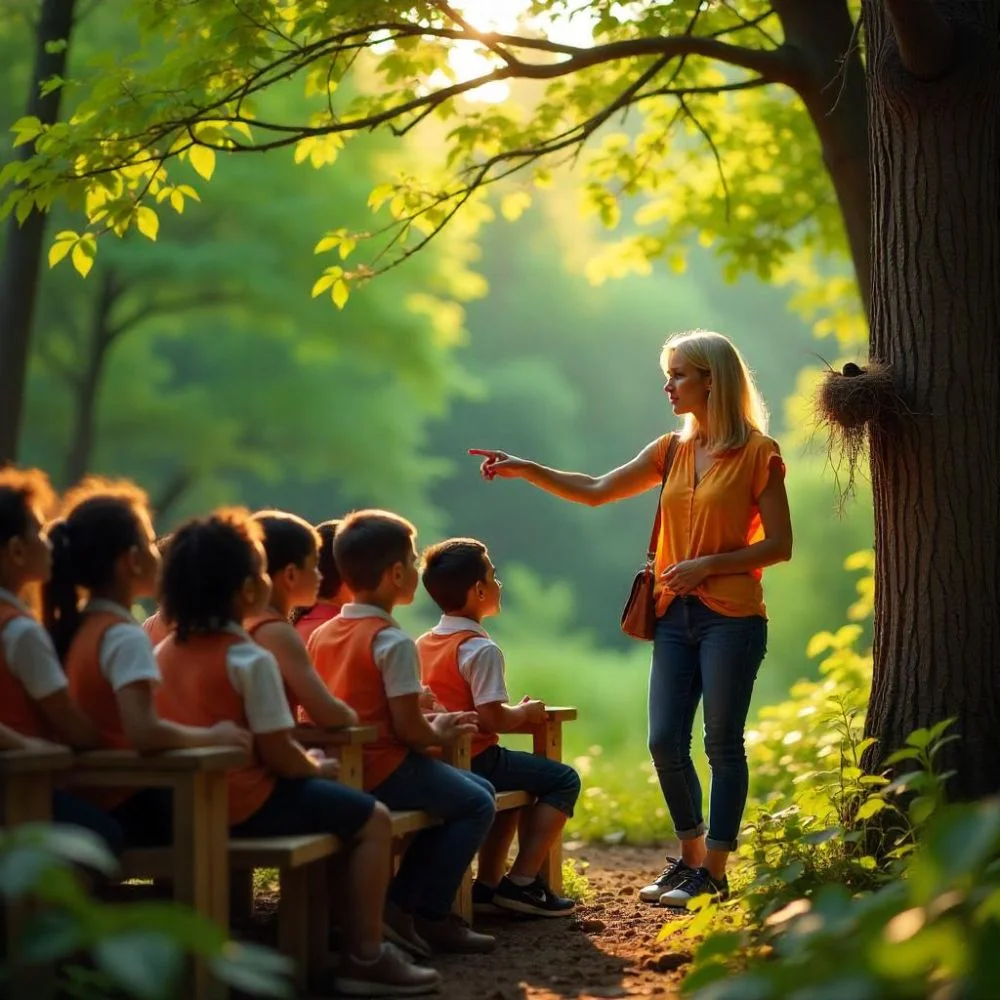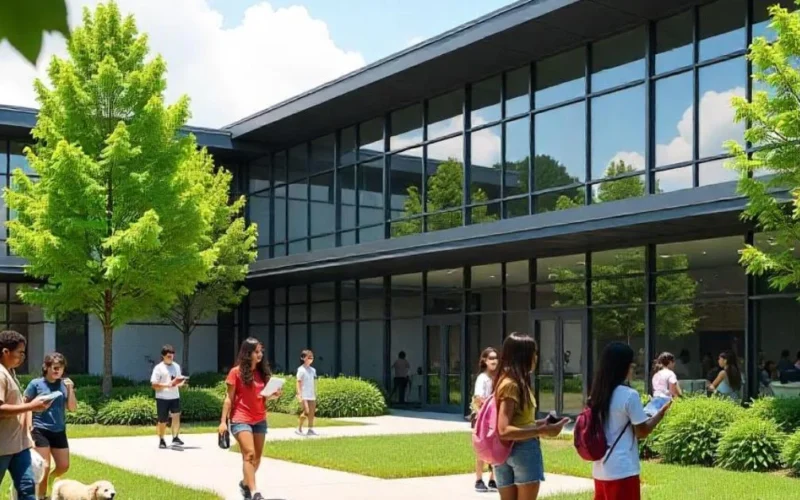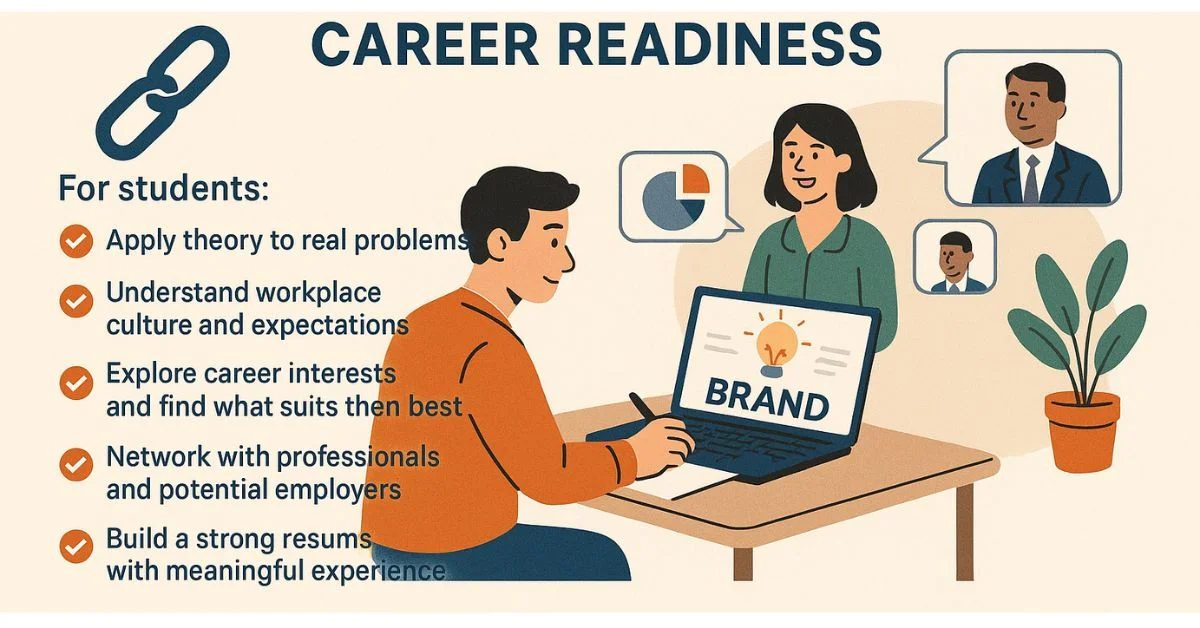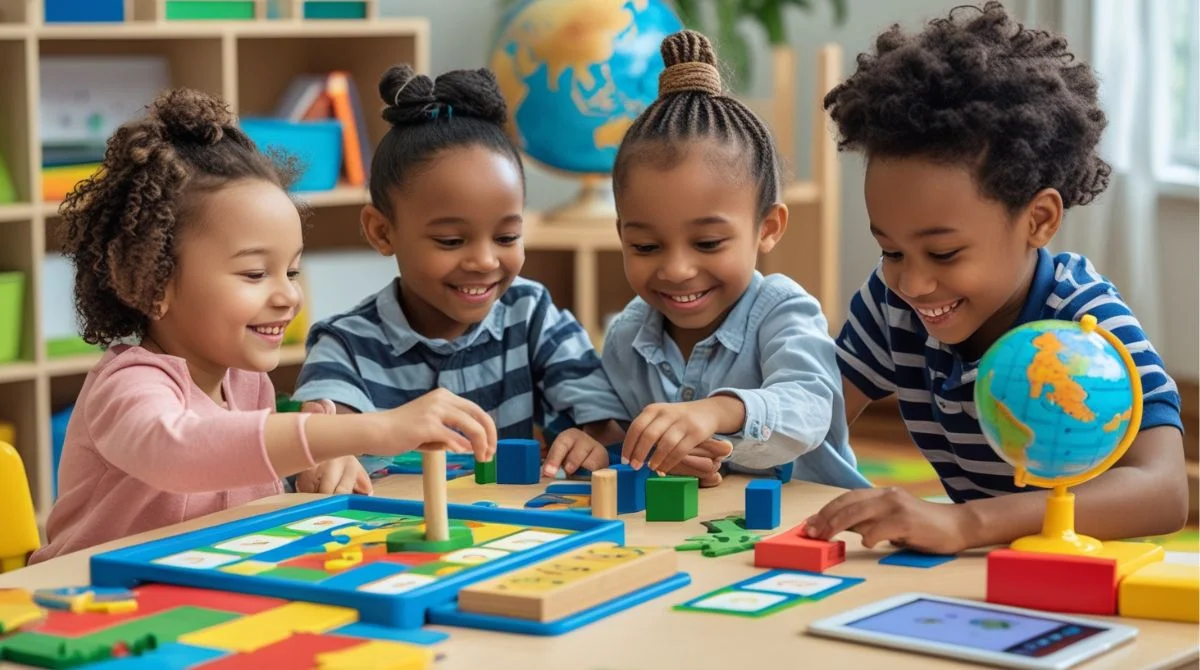Table of Contents
- Reimagining Education for Modern Learning
- 1. Modern Learning Needs New Spaces
- Key reasons for change:
- 2. Flexible Learning Zones Replace Fixed Classrooms
- 3. Natural Light and Air Flow Improve Focus
- 4. Technology-Friendly Layouts Encourage Digital Learning
- 5. Sustainability: Green Buildings for a Greener Future
- 6. Open and Inclusive Common Areas
- 7. Outdoor Learning Spaces Bring Nature into Schooling
- 8. Smart Acoustics and Noise Control Design
- 9. Design for Safety and Emergency Readiness
- 10. Spaces That Reflect Community Culture and Identity
- Future-Proofing: Built for Growth and Change
- Conclusion
Reimagining Education for Modern Learning
Modern learning needs modern spaces. Traditional school buildings no longer meet the needs of today’s students and teachers. That’s why innovative education building designs are changing how we think about classrooms, libraries, labs, and even playgrounds. These new designs focus on flexible layouts, natural light, open learning zones, and sustainability.
1. Modern Learning Needs New Spaces
Today’s education is not just about memorizing facts. Students need to think critically, work in teams, and solve real-world problems. This shift means schools must go beyond the chalkboard.
Key reasons for change:
- More group projects and hands-on learning
- Need for digital tools like tablets and screens
- Importance of creativity and student engagement
- Desire for open, welcoming school environments
Innovative education building designs support this evolution by creating flexible and student-focused spaces.
2. Flexible Learning Zones Replace Fixed Classrooms
In traditional schools, every subject had a fixed room. Today, one space might serve many roles. Flexible learning zones can switch between lectures, group work, or quiet study.
Benefits of flexible zones:
- Moveable walls and furniture
- Students feel more active and less restricted
- Teachers can try new teaching styles
- Promotes teamwork and independence
These zones help students become self-learners while also learning to collaborate.
3. Natural Light and Air Flow Improve Focus
Many new school buildings use natural light and airflow as design tools. Large windows, skylights, and open corridors make schools feel open and calming.
Why this matters:
- Natural light reduces eye strain and improves mood
- Fresh air lowers carbon dioxide levels and keeps students alert
- Bright, airy spaces feel more inviting and safe
Designers often use glass walls and green courtyards to create a healthy learning environment.
4. Technology-Friendly Layouts Encourage Digital Learning
Modern students use laptops, smartboards, and tablets daily. A smart school building makes using technology simple and seamless.
Key tech-ready features:
- Strong Wi-Fi throughout the building
- Charging stations built into desks or walls
- Interactive whiteboards in group spaces
- Audio systems for video calls and hybrid learning
Innovative education building designs consider tech as part of the structure, not just an add-on.
5. Sustainability: Green Buildings for a Greener Future
Many new schools use eco-friendly materials and energy-saving systems. This is good for the planet and the students.
Green features often include:
- Solar panels on rooftops
- Rainwater harvesting systems
- Recycled and locally sourced building materials
- LED lighting and automatic climate controls
Sustainable buildings reduce school energy bills and teach kids the value of environmental care.
6. Open and Inclusive Common Areas
 Hallways are no longer just for walking. New designs use these spaces as places to sit, talk, and work. Open lounges, stairway seats, and wide corridors allow for movement and social learning.
Hallways are no longer just for walking. New designs use these spaces as places to sit, talk, and work. Open lounges, stairway seats, and wide corridors allow for movement and social learning.
Features of open common areas:
- Comfortable seating and nooks for small groups
- A mix of high tables, beanbags, and floor spaces
- Clear sightlines for safety and easy supervision
These areas create a sense of community and inclusion, especially for students who may not feel comfortable in large groups.
7. Outdoor Learning Spaces Bring Nature into Schooling
Outdoor classrooms, learning gardens, and open courtyards let students learn outside. It also helps break the monotony of indoor classes.
Outdoor design examples:
- Covered outdoor classrooms for year-round use
- Nature paths and science gardens for hands-on learning
- Shaded seating under trees for reading or group talks
Nature-based learning reduces stress, boosts creativity, and improves focus among students of all ages.
8. Smart Acoustics and Noise Control Design
Noise is a big problem in older schools. Students can’t focus in loud environments. Modern buildings use acoustic design to reduce distractions.
Techniques used include:
- Sound-absorbing wall panels and ceiling tiles
- Soft flooring in hallways to reduce echoes
- Quiet zones for focused work
Good sound design improves learning and communication, especially for younger students and those with hearing challenges.
9. Design for Safety and Emergency Readiness
Safety is a key part of any school design. While schools want to feel open, they also need to be secure. New buildings use smart layouts and materials to protect students.
Features of safe school design:
- Controlled entry points with visitor check-in areas
- Wide stairwells for easy evacuation
- Fire-resistant building materials
- Marked emergency exits
Innovative education building designs don’t just look good; they keep everyone safe.
10. Spaces That Reflect Community Culture and Identity
School buildings should reflect the people who use them. Many designs now include local art, cultural symbols, and history displays.
This helps in:
- Building pride and ownership among students
- Making school feel personal and meaningful
- Promoting cultural awareness and inclusion
Some schools even ask students to help design murals, furniture, or playgrounds, creating a strong bond with the space.
Future-Proofing: Built for Growth and Change
Education is always changing. Today’s designs plan for the future with modular rooms and reconfigurable layouts. This way, a classroom can become a lab or media room in just a few days.
Future-proofing includes:
- Moveable partitions and furniture
- Tech setups that can handle upgrades
- Easy access for repairs and rewiring
- Strong materials that last for decades
These buildings grow with students, not apart from them.
Conclusion
Innovative education building designs do more than house classrooms. They inspire creativity, support health, and encourage social learning. With natural light, tech access, flexible spaces, and green features, today’s schools are built with the future in mind. Designing schools this way doesn’t just make learning better, it makes it more joyful. And in today’s fast-paced world, joyful learning is what every student deserves.








